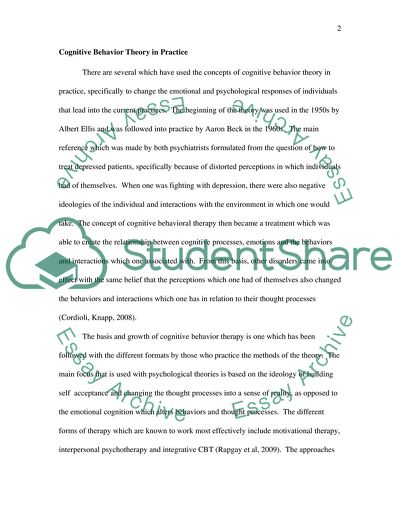Cite this document
(Cognitive Behavioral Theory in Practice Term Paper, n.d.)
Cognitive Behavioral Theory in Practice Term Paper. Retrieved from https://studentshare.org/psychology/1745617-cognitive-behavioral-theory
Cognitive Behavioral Theory in Practice Term Paper. Retrieved from https://studentshare.org/psychology/1745617-cognitive-behavioral-theory
(Cognitive Behavioral Theory in Practice Term Paper)
Cognitive Behavioral Theory in Practice Term Paper. https://studentshare.org/psychology/1745617-cognitive-behavioral-theory.
Cognitive Behavioral Theory in Practice Term Paper. https://studentshare.org/psychology/1745617-cognitive-behavioral-theory.
“Cognitive Behavioral Theory in Practice Term Paper”, n.d. https://studentshare.org/psychology/1745617-cognitive-behavioral-theory.


